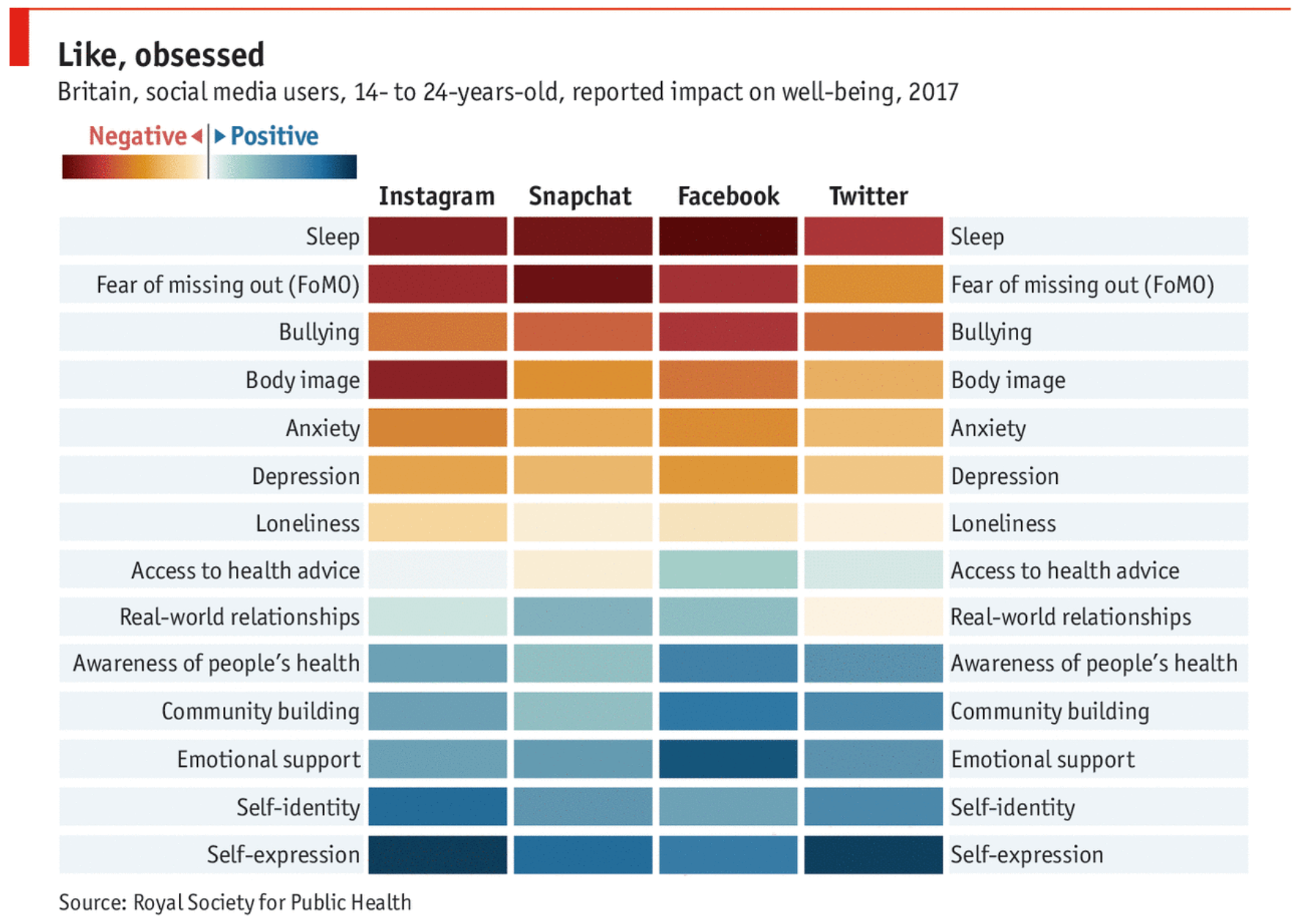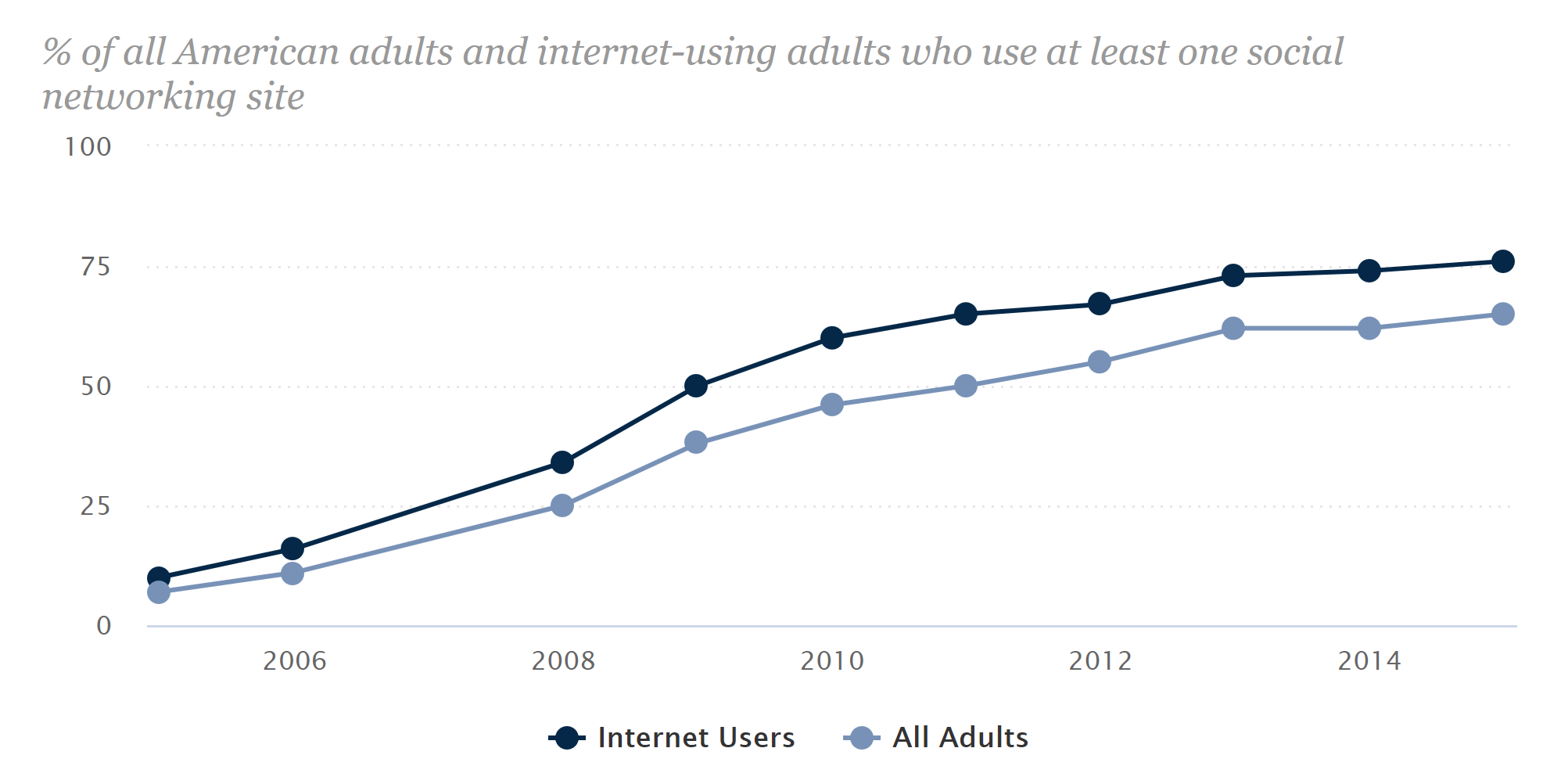The age of 5G is upon us, and we may be the worse for it. Along with all the technological advances we have seen in the past dozen years, we have also seen significant increases in anxiety, depression, and social isolation. There are a number of reasons for the uptick in mental health issues, but one has become especially prominent in recent years: Doomscrolling. Doomscrolling (aka doomsurfing) is the repetitive behavior of scrolling through bad news story after bad news story, almost as though we’re addicted to it. Doomscrolling has been shown to have negative effects on short-term and long-term mood, and yet we keep doing it as if our lives depended on it.
In some ways, this makes sense. Our lives do depend on obtaining important information, and the more at risk we feel, the greater the urge to binge on information. When we have a concern about something, we look up the answer on Google. We have an itch, so we scratch. But just like scratching a rash, the more we doomscroll, the more anxious we feel, and the more we itch for more information… So we doomsurf some more.
In the era of COVID-19, most of us are stuck at home without the usual outlets for satisfying our itches. We have fewer things to do, almost no places to go, and not many people to talk to. Unsurprisingly, our personal electronic devices have increased in prominence as our other options have dwindled. Pair this with the seemingly constant chaos in our political system; you have the recipe for hours and hours of doomscrolling. Given that so much of the news is bad, this becomes especially problematic for our mental health. We can’t be completely uninformed, but being completely overwhelmed is just as ineffective. Below are some ways cognitive behavioral therapy can help you stop doomscrolling and feel better.
Step 1: Recognize the Problem
In cognitive behavioral therapy, the first step in decreasing a problematic behavior is to define what you’re trying to reduce clearly. To stop doomsurfing, you’ll need to clarify the parameters of what constitutes doomscrolling. Here, it’s important to avoid falling into the cognitive distortion of all-or-nothing thinking: Not all mobile device use is bad, and not all news consumption is harmful. There is a gray area between too much and not enough that you have to define for yourself. It’s likely doomscrolling during certain times of the day is more problematic, such as late at night or during work hours. There may also be situations in which it makes sense to cut back: while laying in bed, watching TV, or spending time with other people. By identifying the times that consuming news and social media is harmful, it can be easy to determine what should be cut out and what is okay.
Source: Pew Research Center surveys, 2005-2006, 2008-2015.
Step 2: Limit Your Exposure
Limit Your Access. Once you’ve recognized what constitutes problematic behavior, cognitive behavioral therapy prescribes what is called stimulus control. Simply put, stimulus control means people will behave differently in the presence/absence of a particular stimulus. To use this principle to stop doomscrolling, identify the apps and websites most responsible for the problem and reduce your access to them. With productivity apps for your devices and plugins for your computer browser, it’s pretty simple to set limits on your doomsurfing. If you want to spend less time on Facebook, you can set up one of these programs to limit the time you spend on the site or restrict the time of day you can access it.
Add steps to the behavior. One reason doomscrolling can be so insidious is that we do it so often we seem to do it without even knowing. Like any behavior we rehearse repeatedly, it becomes more and more natural to do it compulsively or without much awareness. A way to combat this is to add steps to the behavior so it is harder to do on autopilot. For example, deleting the Facebook app from your phone will require you to download the app again the next time you want to see your feed. That extra step of having to download the app allows time for you to decide whether you actually want to engage in social media or you just have a compulsion to scratch your itch.
Make the behavior difficult. A similar option is to keep your device just out of reach. Whenever you have the urge to doom surf, you’ll have to get up, again giving you time to consider whether or not this is a healthy urge or an automatic impulse. Sometimes, you’ll decide getting up to get your phone isn’t worth it, thus averting doomscrolling. The times you do reach for your phone, be mindful of your original intention for picking it up so you don’t open a doomscrolling app out of habit. If you need to check your email, mindfully check your email, then put your phone back.
Cut off access completely. Finally, there may be some apps or websites that you want to eliminate completely. In that case, you can delete them from your device. You can also use productivity plugins for your browser to block your access to certain websites completely.
Step 3: Replace Doomscrolling With Healthy Behavior
In cognitive behavioral therapy, one method we use to eliminate a behavior is to replace it with a competing behavior. A competing behavior is something you do that makes it impossible to engage in the unhealthy behavior. One effective way of eliminating doomscrolling is to find a healthy competing behavior for doomscrolling. For example, you can’t knit while scrolling on your phone. Strumming an instrument, chatting with someone on Facetime, going for a walk—all these behaviors make doomscrolling difficult or impossible. By developing a habit of doing something healthy whenever you get the doomscrolling itch, over time, the new healthy behavior will be the one that happens while you’re on autopilot. Here are some suggestions:
Do a crossword
Journal
Make tea
Clean the room
Meditate
Go for a walk
Organize the closet
Work on a jigsaw puzzle
Arts and Crafts
Learn a language
Doodle/sketch
Pick up a book
Do 20 jumping jacks
Sudoku
Step outside
Play/learn an instrument
Call a friend
Have a healthy snack
Write a story
Write an email or letter
Step 4: Repeat
Just resisting the urge one or a few times won’t be enough to make lasting behavior change. Through repeated practice, however, it becomes easier to resist the urge. After a month of rehearsing this new routine, you’ll find that the thought of doomscrolling is no longer appealing. At this stage, you can resist doomscrolling without even applying any effort. And if you’ve been replacing doomscrolling with healthy behavior, you’ll have picked up some good habits in addition to eliminating an unhealthy one.
For more information on cognitive behavioral therapy or to get a consultation to determine whether cognitive behavioral therapy may be right for you, explore our site: Cognitive Behavioral Therapy Los Angeles.

